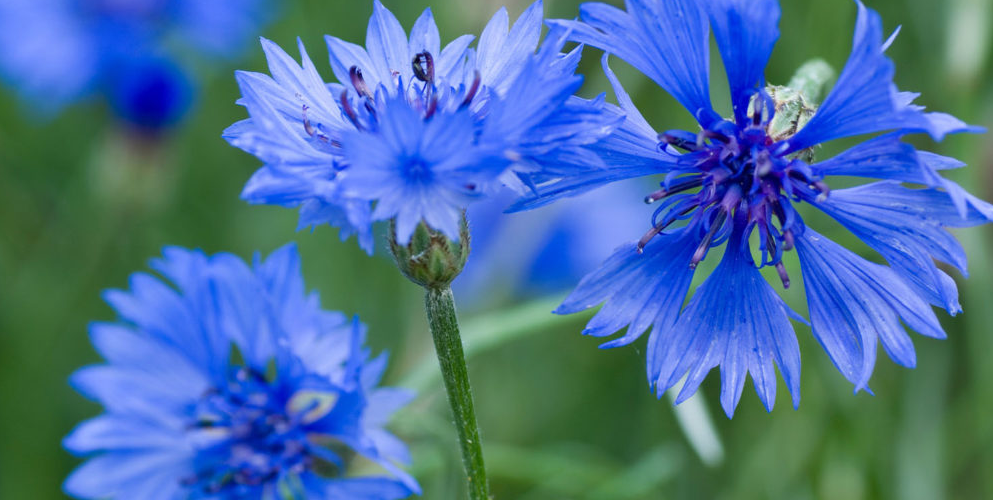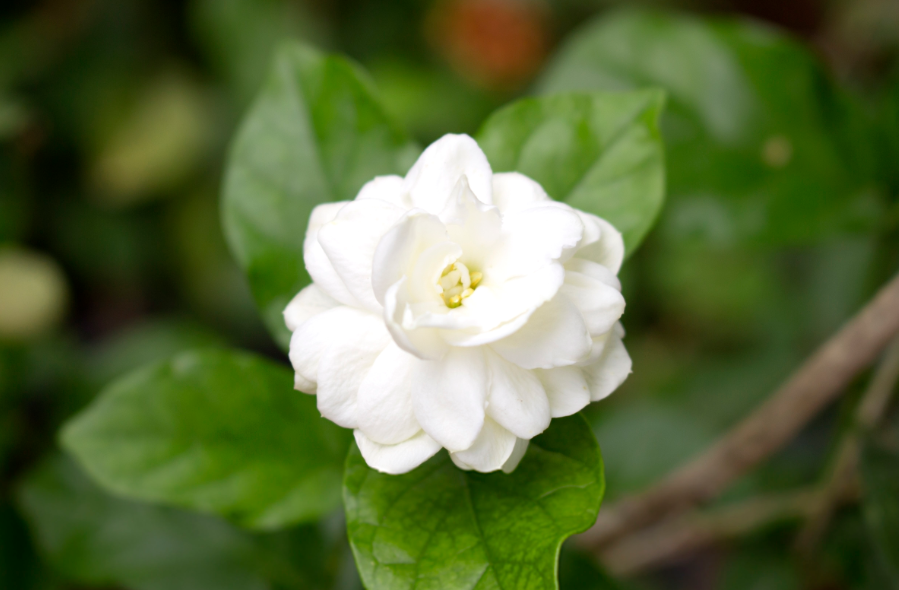Let’s explore Afghanistan National Flower. The beauty of flowers has always captivated people around the world, and Afghanistan is no exception. Known for its rich cultural heritage and stunning landscapes, Afghanistan has chosen a national flower to represent its identity and natural beauty. In this article, we will explore the national flower of Afghanistan, which happens to be the exquisite Tulip.
Flowers hold a special place in the hearts of the Afghan people. They have been an integral part of Afghan culture and traditions for centuries. The selection of a national flower symbolizes the unique connection between the people and their land. The national flower represents the natural abundance, resilience, and grace of the country.
Historical Significance of Afghanistan National Flower
Flowers have played a significant role in the history of Afghanistan. The ancient civilizations that flourished in this region revered flowers for their beauty and symbolism. Historical texts and artifacts depict the use of flowers in various aspects of Afghan life, from traditional celebrations to religious ceremonies.
Importance of National Flowers
National flowers are more than just symbols of beauty; they serve as ambassadors of a country’s cultural and natural heritage. They embody the essence of a nation’s values, traditions, and aspirations. National flowers evoke a sense of pride and unity among the people, fostering a deeper connection with their homeland.
Selection Process of National Flower
The selection of a national flower is not a random choice but a thoughtful decision. It involves a meticulous process of deliberation, consultation, and consensus. The chosen flower should have deep cultural significance, be native to the country, and possess unique characteristics that resonate with the people.
Tulip as the Afghanistan National Flower
After careful consideration, Afghanistan declared the Tulip as its national flower. The Tulip’s enchanting beauty, vibrant colors, and historical relevance make it a fitting choice. This elegant flower has become synonymous with Afghanistan’s natural landscapes, cultural heritage, and resilience.
Cultural Significance of Afghanistan National Flower
In Afghan culture, the Tulip holds a special place. It is seen as a symbol of beauty, love, and spiritual enlightenment. The delicate petals and vivid colors of the Tulip have inspired poets, artists, and craftsmen throughout history. Its presence in Afghan literature, music, and visual arts reflects its cultural significance.
Botanical Features of Tulip
Tulips belong to the genus Tulipa and are part of the lily family. They are herbaceous perennial plants with bulbous roots. The flowers have cup-shaped petals that come in a wide array of colors, including red, yellow, pink, purple, and white. Tulips typically bloom in the spring, adding a burst of color to the Afghan landscape.
Varieties of Tulips in Afghanistan
Afghanistan is blessed with diverse varieties of Tulips. The country’s unique geography and climate provide optimal conditions for their growth. Some of the popular Tulip varieties found in Afghanistan include
Afghan Prince Tulip: Known for its deep purple petals and striking yellow center, the Afghan Prince Tulip is a regal and majestic variety.
Kabul Sunrise Tulip: This variety boasts vibrant orange and red petals, reminiscent of a breathtaking sunrise over the rugged mountains of Kabul.
Kandahar Delight Tulip: With its delicate pink petals and white edges, the Kandahar Delight Tulip exudes elegance and grace.
Herat Gold Tulip: This variety showcases golden-yellow petals, symbolizing prosperity and abundance, and is often associated with the city of Herat.
Balkh Beauty Tulip: Named after the ancient city of Balkh, this Tulip variety features deep crimson petals, symbolizing passion and vitality.
Tulip Cultivation in Afghanistan
Tulips thrive in the temperate climate of Afghanistan, particularly in regions with well-drained soil and ample sunlight. The cultivation of Tulips in Afghanistan has a long history, dating back to ancient times. Skilled Afghan farmers employ traditional techniques to grow these beautiful flowers, ensuring optimal growth and vibrant blooms.
Symbolism of Tulips in Afghan Culture
In Afghan culture, the Tulip carries deep symbolism. It is often associated with love, beauty, and spiritual enlightenment. The delicate and fleeting nature of Tulip blooms serves as a reminder of life’s transient beauty and the importance of appreciating the present moment.
Tulip Festivals in Afghanistan
To celebrate the beauty and cultural significance of Tulips, Afghanistan hosts vibrant Tulip festivals across the country. These festivals attract locals and tourists alike, offering a visual spectacle of colorful Tulip displays, traditional music, dance performances, and handicraft exhibitions. The festivals provide a platform to showcase Afghanistan’s rich floral heritage and promote cultural exchange.
Conservation Efforts for Afghanistan National Flower
Recognizing the importance of preserving its floral heritage, Afghanistan has undertaken various conservation efforts to protect its Tulip populations. Conservation organizations and government initiatives work together to safeguard the natural habitats of Tulips, combat illegal trade, and raise awareness about the significance of preserving these precious flowers for future generations.
Economic Importance of Afghanistan National Flower
Tulips play a significant role in Afghanistan’s economy. The country exports Tulip bulbs, cut flowers, and other horticultural products to international markets. The Tulip industry provides employment opportunities for local communities and contributes to the country’s agricultural sector, fostering economic growth and stability.
Health Benefits of Tulips
Beyond their visual appeal, Tulips also offer health benefits. Certain compounds found in Tulips have antioxidant and anti-inflammatory properties, which may support overall well-being and help combat oxidative stress. Additionally, the presence of Tulips in gardens and natural surroundings promotes mental well-being and stress relief.
Conclusion
The Tulip, chosen as the national flower of Afghanistan, represents the country’s natural beauty, cultural heritage, and resilience. This exquisite flower has a deep-rooted significance in Afghan culture and holds a special place in the hearts of the Afghan people. With its vibrant colors, delicate petals, and rich symbolism, the Tulip embodies the spirit of Afghanistan and serves as a visual reminder of the country’s unique identity.
FAQs:
- Are Tulips native to Afghanistan?
Yes, Tulips are native to Afghanistan. The country’s favorable climate and geographic conditions make it an ideal habitat for the growth of various Tulip varieties.
- What is the best time to see Tulips in bloom in Afghanistan?
Tulips typically bloom in the spring season, usually from March to May. This is the best time to witness the enchanting beauty of Tulips across Afghanistan.
- Are there any traditional uses of Tulips in Afghan cuisine or herbal remedies?
While Tulips are not commonly used in Afghan cuisine, they do hold significance in herbal remedies. In traditional Afghan medicine, Tulips have been used for their potential medicinal properties. However, it’s important to note that proper consultation with a healthcare professional is always recommended before using any plant for medicinal purposes.
- Can I grow Tulips in my garden?
Absolutely! Tulips are popular garden flowers worldwide, and they can be successfully grown in many regions. Ensure that you provide them with well-drained soil, adequate sunlight, and the right planting depth according to the specific variety. With proper care and attention, you can enjoy the beauty of Tulips in your own garden.
References:
- “Afghanistan National Flower.” TulipsintheWild.com.
- Nasrullahzadeh, Mirwais. “The Symbolic Use of Tulip in Afghan Cultural Heritage.” Journal of Afghan Studies, vol. 1, no. 1, 2020, pp. 45-59.
- “Tulip Festivals in Afghanistan: A Celebration of Beauty and Heritage.” Afghan Tourism Organization.

